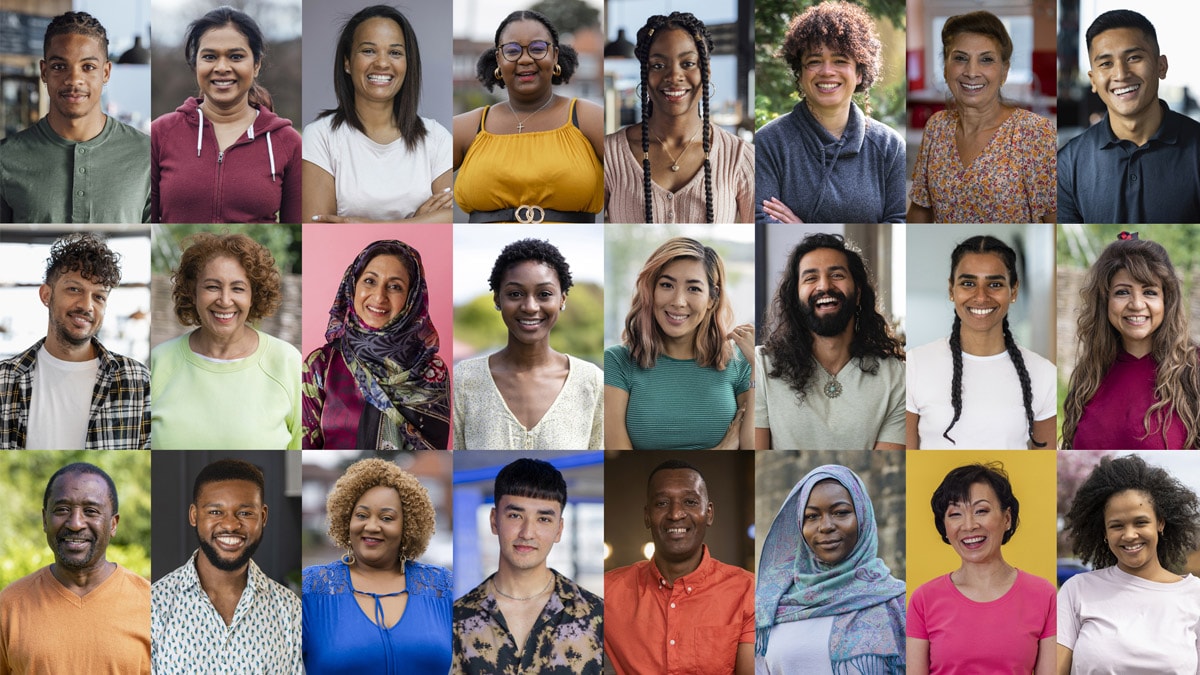Key points
- More than 1 billion people globally are immigrants, refugees, and migrants.
- Promoting health equity for immigrants, refugees, and migrants helps protect RIM populations and the communities they settle in.
- CDC’s Division of Global Migration Health (DGMH) works to promote and improve the health of immigrants, refugees, and migrants globally.

Overview
More than 1 billion people globally are immigrants, refugees, and migrants, which is 1 in 7 of the global population. Immigrants, refugees, and migrants are individuals who moved from one place to another. However, their reason for leaving (voluntarily or involuntarily) and the length of time they plan to stay in their new destination (temporarily or permanently) distinguishes them. Refugee, immigrant, and migrant communities, also known as RIM communities, are often unequally affected by economic, social, and other obstacles to health and healthcare.
Terms to know
Immigrant
An individual admitted to the United States (or any other country) as a lawful permanent resident. Permanent residents may also commonly be referred to as immigrants. However, the Immigration and Nationality Act (INA) defines an immigrant as any person legally admitted for permanent residence in the United States, except for persons legally admitted under specific nonimmigrant categories (INA section 101(a)(15)).
Refugee
Any person who is outside of the country their nationality or, does not have a nationality, or is outside the country where they last lived and who is unable or unwilling to return to and unable or unwilling to avail themselves of the protection of that country because of persecution, or a well-founded fear of persecution, on account of race, religion, nationality, membership in a particular social group, or political opinion. According to the Immigration and Nationality Act (INA), a "refugee" does not include any person who ordered, incited, assisted or otherwise participated in the persecution of any person on these same grounds.
Most refugees resettled to the United States are referred by the United Nations High Commissioner for Refugees. Other refugees apply directly to the United States for resettlement and may be accepted under programs for specific populations. Refugees are required to apply for Lawful Permanent Resident status one year after entry into and physical presence in the United States.
Migrant
A person who moves away from their place of usual residence, whether within a country or across an international border, temporarily or permanently. People migrate for a variety of reasons. The term “migrant” is defined by the International Organization for Migration as an umbrella term and is not defined under international law. It includes several well-defined legal categories of people, such as migrant workers and international students.
Promoting Health Equity
RIM communities include people from diverse regions of the world with different backgrounds and experiences. Immigrants, refugees, and migrants, especially if recently resettled in the U.S., may face many health disparities.
Factors leading to these disparities may include:
- lack of health insurance
- barriers to access to quality healthcare
- workplace conditions
- education
- income and wealth gap
Promoting health equity for immigrants, refugees, and migrants helps protect RIM populations and the communities they settle in.
What CDC is doing
CDC works to promote and improve the health of immigrants, refugees, and migrants globally. This helps prevent the importation of infectious diseases into the United States by:
- Providing disease surveillance, improving public health capacity at border crossings, and supporting outbreak responses
- Developing Technical Instructions for Panel Physicians and Civil Surgeons who perform mandatory health screenings of applicants for U.S. residency in accordance with U.S. laws and regulations
- Supporting international vaccination and parasite treatment programs for refugees resettling to the United States
- Providing guidance for pre-departure and post-arrival screening and treatment of refugees
- Developing and sharing culturally and linguistically appropriate health education and communication materials
- Sharing relevant health information with U.S. health departments and healthcare providers providing care for RIM populations after they arrive in the United States
- Conducting additional research on public health issues that impact migrants
CDC works through a cooperative agreement called the Centers of Excellence in Newcomer Health to determine which health issues are most prominent amongst newcomer populations (Colorado) and develop best practices and clinical training materials for U.S. clinicians who see newcomers in their practices (Minnesota). CDC also works with partners to connect mobile populations with domestic resources to ensure a continuum of care that helps them live healthy, active, and productive lives in their new communities.
